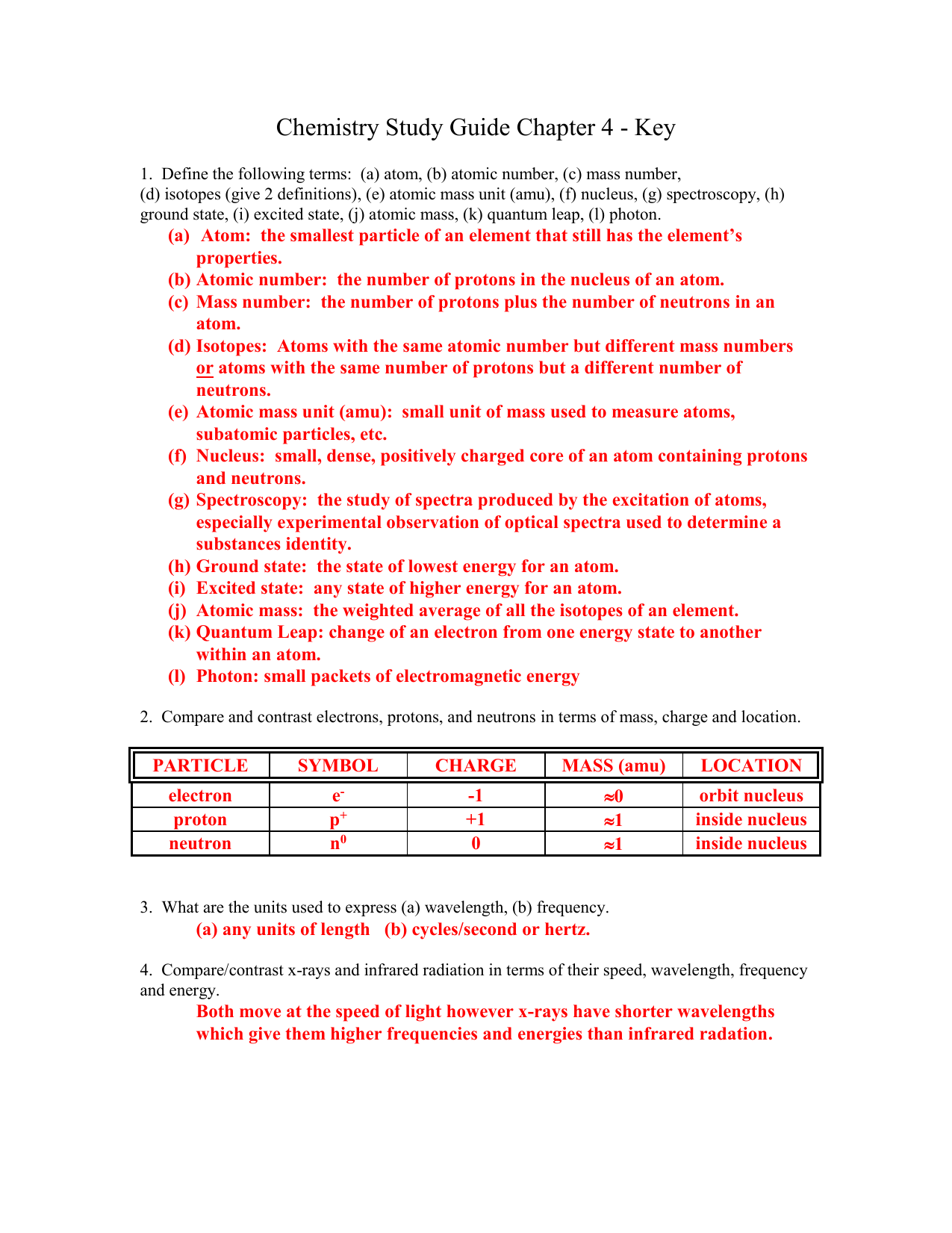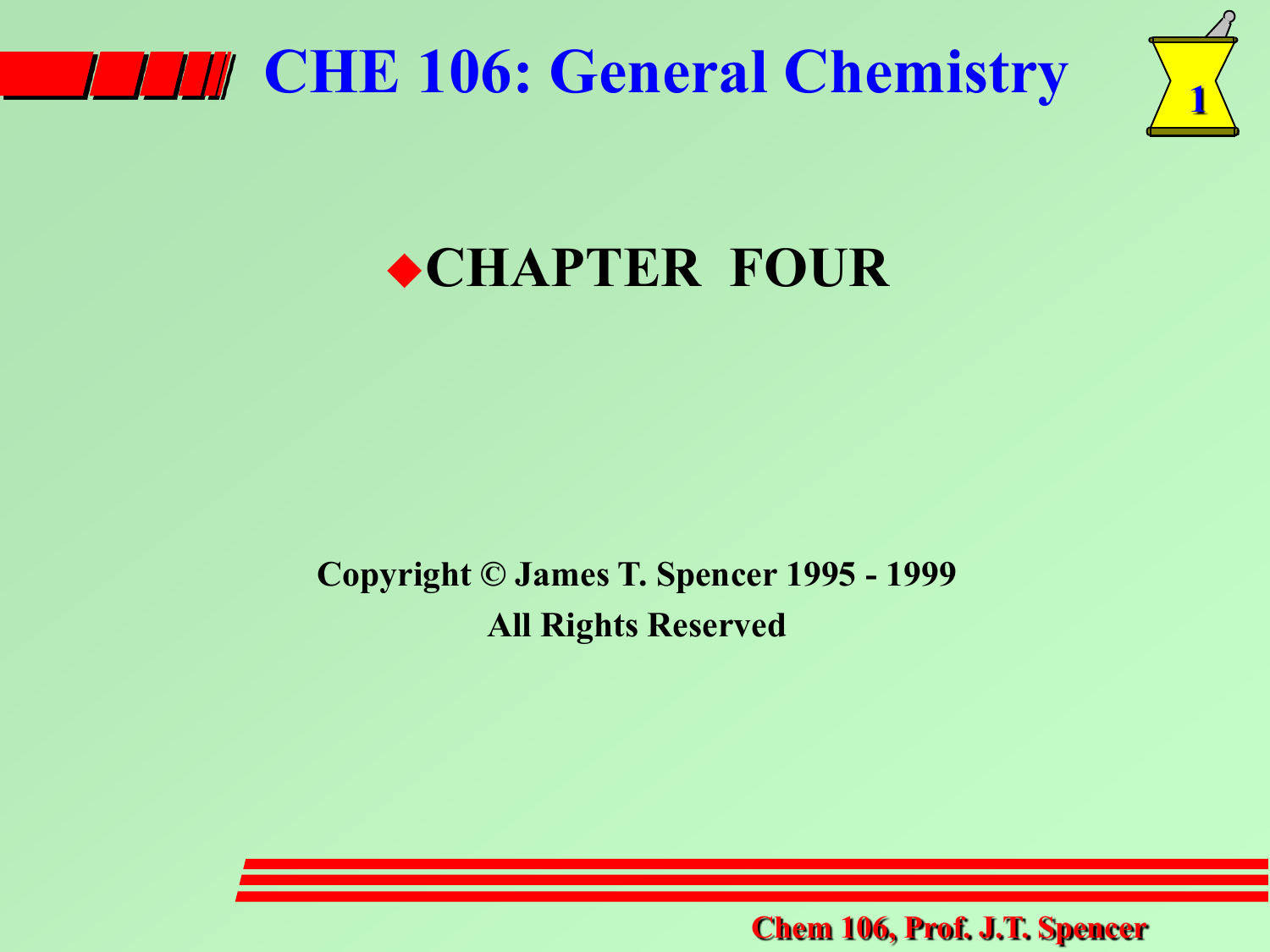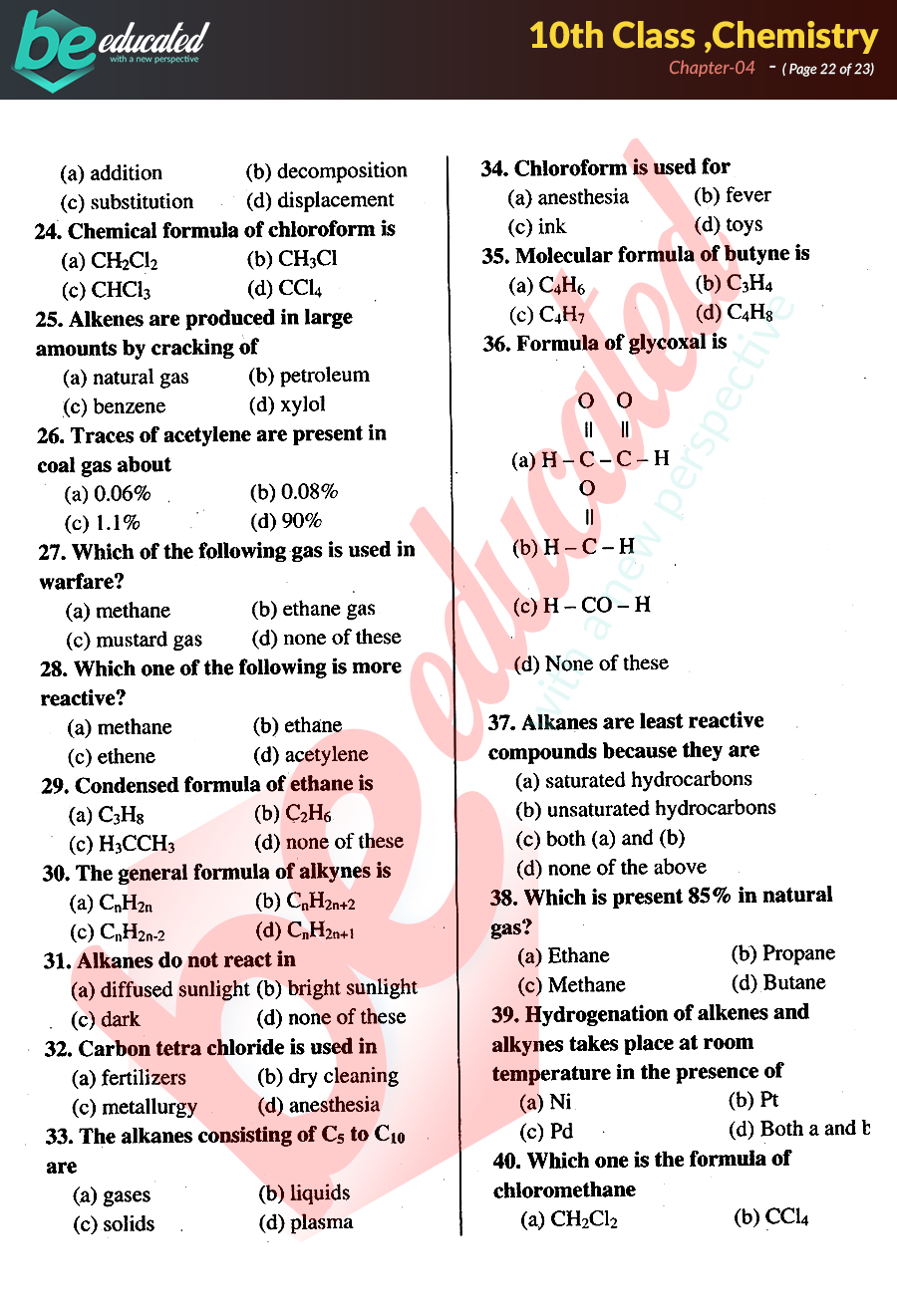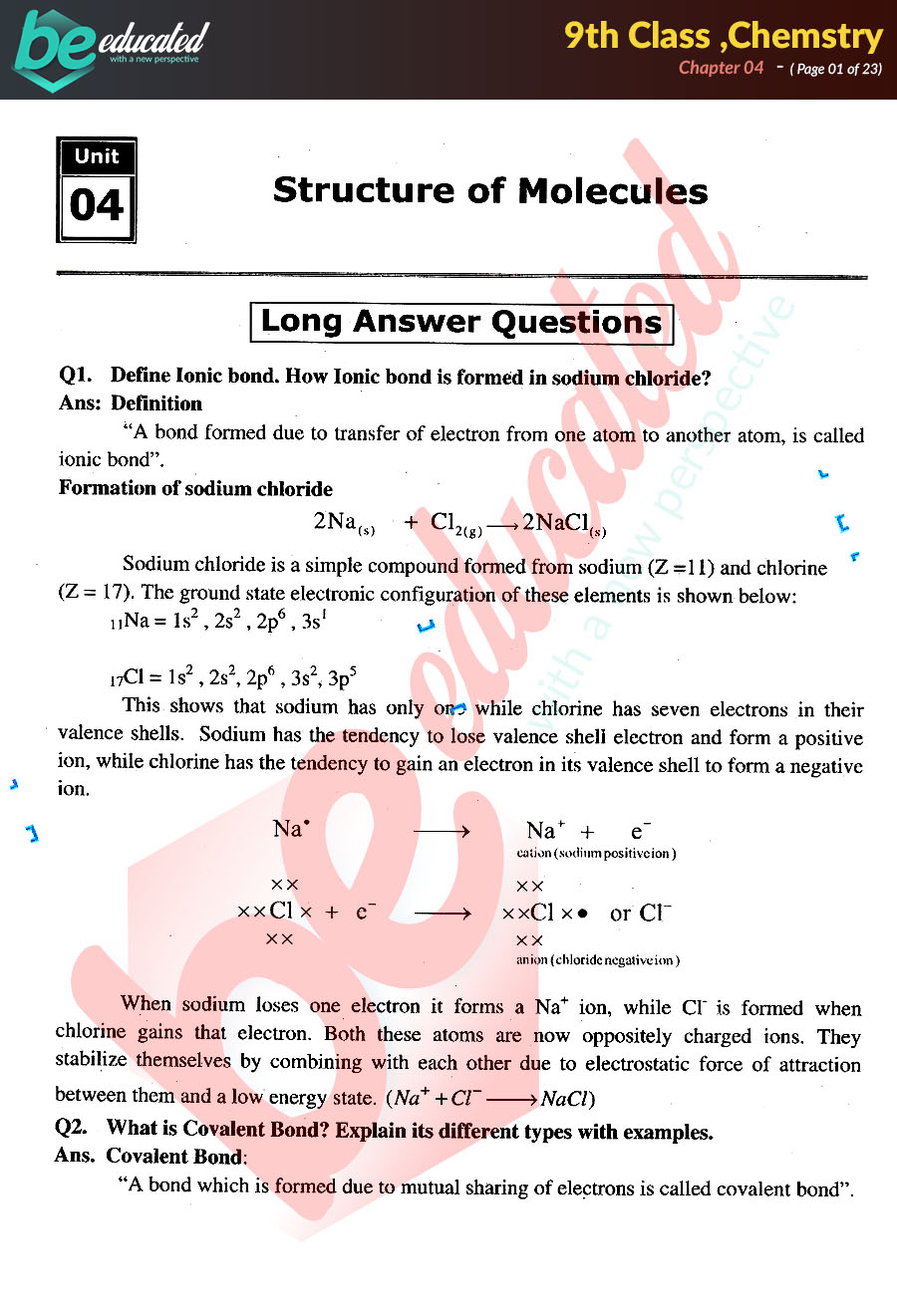Chapter 4 Chemistry Quizlet
Chapter 4 Chemistry Quizlet - The number of waves that pass a point in one second is called. Different atoms combine in simple whole number ratios to. Same size, mass, and chemical properties; Web each capacitor is isolated (that is, not connected to a battery), and they store equal quantities of charge. Web learn chemistry chapter 4 with free interactive flashcards. Terms in this set (24) atom. Choose from 5,000 different sets of chemistry chapter 4 flashcards on quizlet. Compare the two based on (a) capacitance, (b) potential difference. Smallest particle of an element that retains its identity in a chemical reaction.
Terms in this set (24) atom. Different atoms combine in simple whole number ratios to. Same size, mass, and chemical properties; Web learn chemistry chapter 4 with free interactive flashcards. Compare the two based on (a) capacitance, (b) potential difference. Web each capacitor is isolated (that is, not connected to a battery), and they store equal quantities of charge. Smallest particle of an element that retains its identity in a chemical reaction. The number of waves that pass a point in one second is called. Choose from 5,000 different sets of chemistry chapter 4 flashcards on quizlet.
Compare the two based on (a) capacitance, (b) potential difference. Web learn chemistry chapter 4 with free interactive flashcards. Terms in this set (24) atom. Smallest particle of an element that retains its identity in a chemical reaction. The number of waves that pass a point in one second is called. Choose from 5,000 different sets of chemistry chapter 4 flashcards on quizlet. Same size, mass, and chemical properties; Different atoms combine in simple whole number ratios to. Web each capacitor is isolated (that is, not connected to a battery), and they store equal quantities of charge.
Chemistry Quizlet Flashcards, Study tools, Learning tools
Choose from 5,000 different sets of chemistry chapter 4 flashcards on quizlet. The number of waves that pass a point in one second is called. Smallest particle of an element that retains its identity in a chemical reaction. Web each capacitor is isolated (that is, not connected to a battery), and they store equal quantities of charge. Different atoms combine.
NCERT Exemplar Class 11 Chemistry Solutions Chapter 4 Chemical
The number of waves that pass a point in one second is called. Smallest particle of an element that retains its identity in a chemical reaction. Web each capacitor is isolated (that is, not connected to a battery), and they store equal quantities of charge. Compare the two based on (a) capacitance, (b) potential difference. Terms in this set (24).
Chemistry Study Guide Chapter 4
Different atoms combine in simple whole number ratios to. Smallest particle of an element that retains its identity in a chemical reaction. Terms in this set (24) atom. Same size, mass, and chemical properties; The number of waves that pass a point in one second is called.
CHAPTER 4
Web learn chemistry chapter 4 with free interactive flashcards. The number of waves that pass a point in one second is called. Terms in this set (24) atom. Choose from 5,000 different sets of chemistry chapter 4 flashcards on quizlet. Compare the two based on (a) capacitance, (b) potential difference.
Chemistry Quizlet (States of Matter & Pure and Impure Substances) YouTube
Web learn chemistry chapter 4 with free interactive flashcards. The number of waves that pass a point in one second is called. Web each capacitor is isolated (that is, not connected to a battery), and they store equal quantities of charge. Smallest particle of an element that retains its identity in a chemical reaction. Terms in this set (24) atom.
AP Chemistry Chapter 4 Test PDF Acid Mole (Unit)
Smallest particle of an element that retains its identity in a chemical reaction. Choose from 5,000 different sets of chemistry chapter 4 flashcards on quizlet. The number of waves that pass a point in one second is called. Web learn chemistry chapter 4 with free interactive flashcards. Web each capacitor is isolated (that is, not connected to a battery), and.
Chapter 4 Chemistry 10th Class Notes Matric Part 2 Notes
Terms in this set (24) atom. Web learn chemistry chapter 4 with free interactive flashcards. Different atoms combine in simple whole number ratios to. Smallest particle of an element that retains its identity in a chemical reaction. The number of waves that pass a point in one second is called.
Chemistry Final Exam Quizlet Chemistry 1 Final Exam Things To
Web learn chemistry chapter 4 with free interactive flashcards. Different atoms combine in simple whole number ratios to. The number of waves that pass a point in one second is called. Compare the two based on (a) capacitance, (b) potential difference. Smallest particle of an element that retains its identity in a chemical reaction.
Chapter 4 Chemistry 9th Class Notes Matric Part 1 Notes
Terms in this set (24) atom. Different atoms combine in simple whole number ratios to. Web learn chemistry chapter 4 with free interactive flashcards. Compare the two based on (a) capacitance, (b) potential difference. Choose from 5,000 different sets of chemistry chapter 4 flashcards on quizlet.
Chapter 4 Assessment Chemistry Answer Key 38+ Pages Answer Doc [1.2mb
Compare the two based on (a) capacitance, (b) potential difference. Different atoms combine in simple whole number ratios to. Web each capacitor is isolated (that is, not connected to a battery), and they store equal quantities of charge. The number of waves that pass a point in one second is called. Choose from 5,000 different sets of chemistry chapter 4.
Smallest Particle Of An Element That Retains Its Identity In A Chemical Reaction.
Different atoms combine in simple whole number ratios to. Same size, mass, and chemical properties; Web each capacitor is isolated (that is, not connected to a battery), and they store equal quantities of charge. Terms in this set (24) atom.
Choose From 5,000 Different Sets Of Chemistry Chapter 4 Flashcards On Quizlet.
Compare the two based on (a) capacitance, (b) potential difference. Web learn chemistry chapter 4 with free interactive flashcards. The number of waves that pass a point in one second is called.









